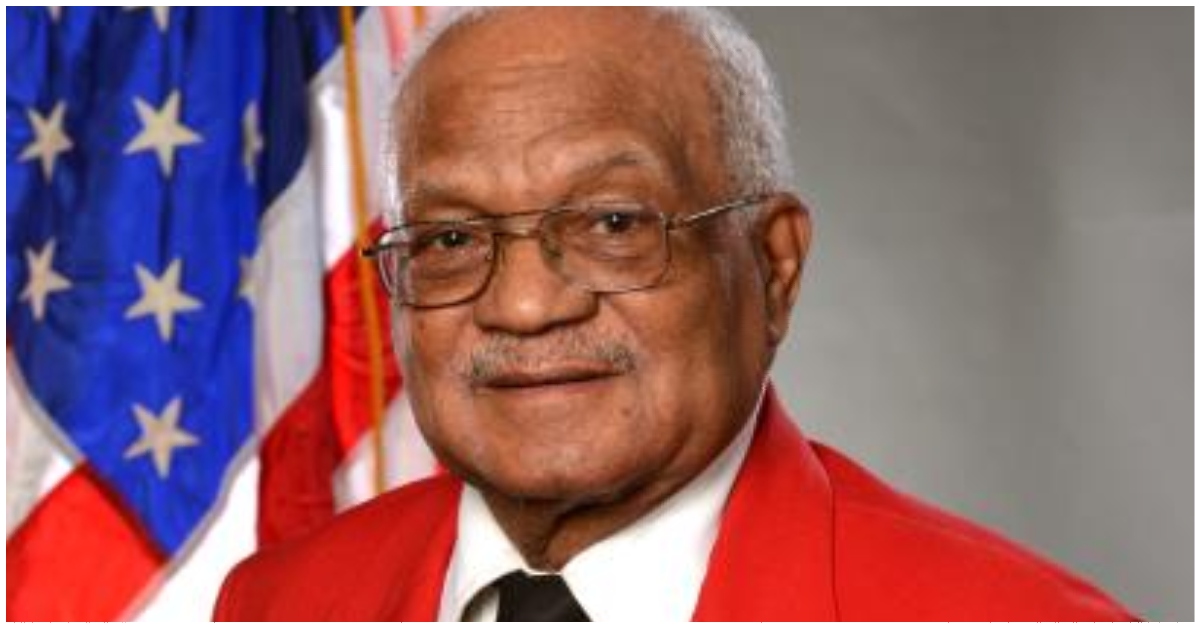William T. Fauntroy, Jr. was born on March 26, 1926 in Washington, D.C. After graduating from local public schools, he worked at the U.S. Patent Office before volunteering for the U.S. Army Air Corps Reserves in 1944 at age 18.
He was soon inducted and went through basic training at Keesler Field, Mississippi before being assigned to the famed Tuskegee Army Air Field in July 1944 as a Pre-Aviation Cadet.
Tuskegee Airmen Training Cut Short By End of WWII
In May 1945, Fauntroy began pilot training in Class 45-I-SE. He went through phases of pre-flight training, primary flying, basic flying, and some advanced flying for a total of 40 weeks.
However, WWII ended in August 1945, while Fauntroy was three-fourths of the way through his training. All aviation cadets were declared “surplus” and given the choice to stay in the military or be discharged. Fauntroy chose to be honorably discharged as an Aviation Cadet on November 8, 1945.
Returning Home to Complete Education and Launch Engineering Career
Upon returning home in 1946, Fauntroy first went back to work at the U.S. Patent Office before leaving to complete his high school education.
He subsequently enrolled at Howard University’s School of Engineering and Architecture in Fall 1946 with the goal of becoming a civil engineer. While at Howard, he met and married his wife Camilla in 1949.
Fauntroy also began working as a Cartographic Draftsman in 1948 with the U.S. Coast and Geodetic Survey, creating aeronautical charts. This presaged a lifelong career in transportation infrastructure.
After earning his B.S. in Civil Engineering in 1960, Fauntroy made history in 1961 by becoming the first Black civil engineer hired by the National Capital Transportation Agency (NCTA).
Shaping Washington’s Metro Subway System
The NCTA was the agency responsible for the feasibility study of a regional rail transportation system for metro Washington, D.C. When NCTA was dissolved in 1967, its duties were assumed by the newly formed Washington Metropolitan Area Transit Authority (WMATA).
Fauntroy was then promoted within WMATA to become the urban planner for the portion of the new Metro subway system to be built within the District of Columbia itself.
Lasting Legacy Across Transportation and Civil Rights
Fauntroy was widely acclaimed as instrumental in determining alignments, station locations, and other key details of Metro’s eventual District infrastructure. He continued consulting with WMATA until 1999 after retiring in 1984.
In his later years, Fauntroy was also honored for his earlier service with the famed Tuskegee Airmen. He received the Congressional Gold Medal in 2007 and met President Obama at a 2012 screening of the film “Red Tails” about the unit.
Fauntroy carved an influential career at the intersection of transportation and civil rights. Both Metro Washington and the nation owe him a debt of gratitude for his decades of groundbreaking service.




